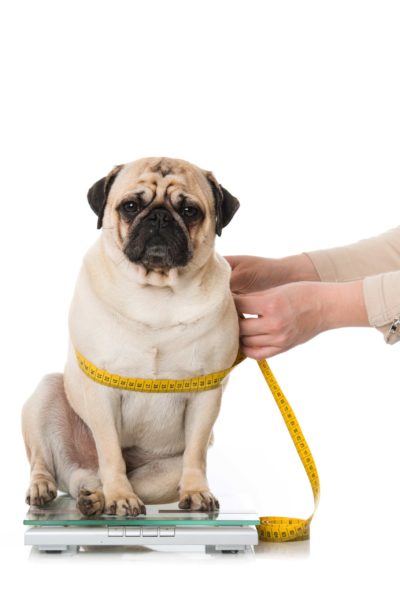Contact
Call or Text: 250-489-3451
Toll Free: 1-800-234-4331
Email: info@steeplesvetclinic.com
Happy New Year from Steeples Veterinary Clinic! As we welcome 2025, January is when we focus on celebrating the arrival of new puppies and kittens! Whether you’re a seasoned…
As we wrap up another year, we want to thank you for trusting us with your pet’s care. December is a festive season, but it can also bring unique challenges…
Dear Steeples Veterinary Clinic Family, Welcome to the August edition of our monthly newsletter! This month, our focus is on a critical aspect of pet health and wellbeing: Behaviour. Understanding…
The Importance of Preventive Health Proactive care is the best medicine Welcome to the June edition of our blog! As we transition into summer, we’re focusing on a…
This month, we are talking about vaccines, dewormer, and tick prevention. Dear Steeples Veterinary Clinic Family, As April unfolds, it brings with it the promise of warmer weather and outdoor…
Hello Pet owners! February is here, and along with it comes a reminder to prioritize the dental health of our pets. Approximately 60% of dogs and 50% of cats show…
Dear Steeples Veterinary Clinic Community, Happy New Year! We hope this newsletter finds you and your pets in good health and high spirits. As we step into a brand new…

Dear Pet Owners, Welcome to the October edition of the Steeples Veterinary Clinic newsletter! This month, we will be focusing on two important topics: obesity in pets and Halloween safety…